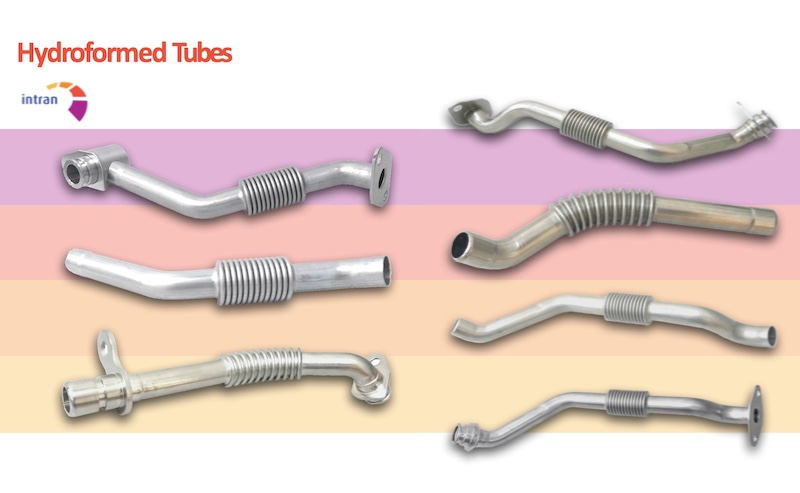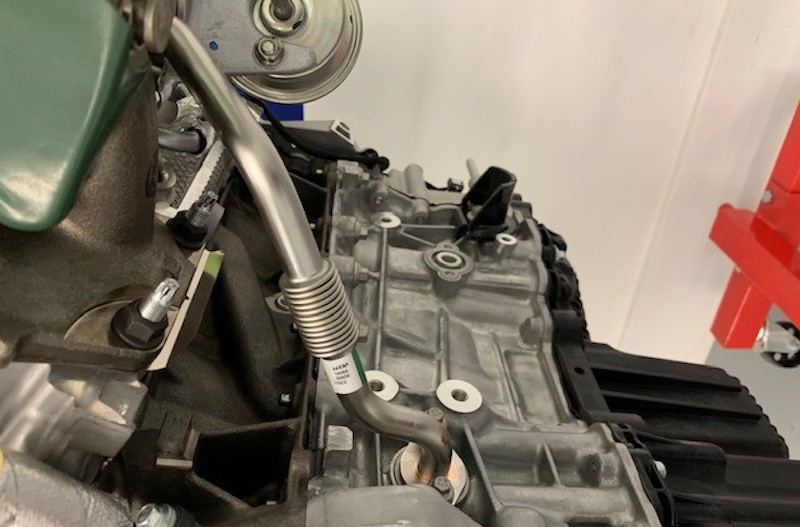Everything You Need to Know About Tube Hydroforming Manufacturing
At Intran, we offer tube hydroforming services. We want to help our clients understand this service better. That’s why we put together a variety of blog posts about tube hydroforming. If you want to learn more about tube hydroforming manufacturing, you came to the right place. This is a one-stop guide with everything you need to know about tube hydroforming.
What Is Tube Hydroforming In Manufacturing?

Tube hydroforming is a technique used in manufacturing that creates bellows in tubes. It’s one of the best techniques for creating bellows in tubes. With this technique, you will achieve consistent wall thickness and dimensional tolerances. Hydroformed tubes can fit in tight corners. They also can withstand fluctuations in pressure, vibration, and temperature. Read this post for a more in-depth description of what tube hydroforming is.
A Description Of The Tube Hydroforming Process
To add bellows to tubes, you need to pump fluid at high-pressure into the tube to shape it from inside out. The tube is inside two negative molds (one at top, and one at bottom). So the high pressure fluid makes the tube expand until it presses against the molds. This achieves the correct shape and dimensions.
At Intran, we use very strong, highly engineered machinery. We also put our hydroformed tubes with bellows through a rigorous inspection process. We use machine vision systems in the process.
This post explains the tube hydroforming process in more detail.
The Benefits Of Tube Hydroforming
Tube hydroforming is a great technological innovation that offers many benefits. Let’s talk about the most common benefits of tube hydroforming:
- The ability to achieve complex and sturdy shapes
- Affordability (hydroforming is more affordable than other methods)
- Less chance of failing than other parts
If you want to read more about each benefit, check out this post.
The Different Materials Used In Hydroforming

Tube hydroforming is a simple and straightforward process. Yet, many different materials are involved. This post discusses the different lubricants and tube metals used in tube hydroforming. To sum it up:
There are many different kinds of lubricants you can use in tube hydroforming. For maximum effectiveness, it’s important to use a lubricant that’s:
- Heavy duty
- Low drip
- Able to withstand extreme deformation
The most common tube metals used in tube hydroforming include:
- Steel
- Stainless steel
- Aluminum
Why Mexico Is A Great Country For Manufacturing Tube Hydroforming With Bellows

Nearshoring to Mexico is a great option for US and Canadian companies. This post explains why Mexico is the manufacturing country of choice for many big companies. To sum it up:
- Mexico’s in the same continent, which means:
- Short supply chain
- Small minimum order quantities
- Easy factory lists
- Immunity to rising ocean shipping costs
- Mexico has a skilled labor pool
- Mexico has great intellectual property laws
The post also explains how to do your due diligence when looking for a tube hydroforming company in Mexico. It also covers adopting Mexican customs.
Do you have any questions about tube hydroforming that weren’t covered in this guide? Please contact us.
